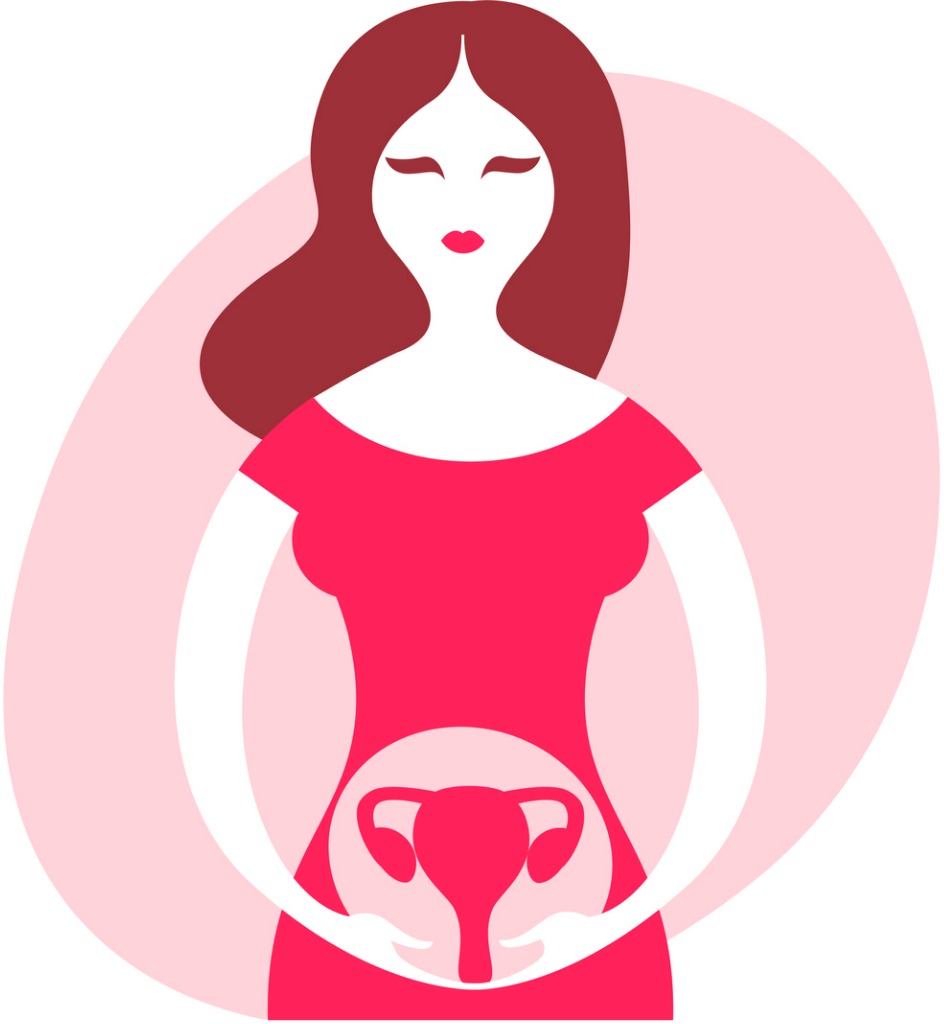Understanding Endometriosis

With First Light Healthcare’s Dr Jo Adendorff
Endometriosis describes a disease where tissue, similar to the lining of the womb, grows in other parts of the body. The symptoms and severity vary widely from woman to woman, which adds to diagnosis occurring often years later – or not at all – after the onset of symptoms.
The most commonly reported symptom of endometriosis is pain around the time of a woman’s period. For some women, this pain can be debilitating, affecting their wellbeing, quality of life and mental health.
The total cost of illness and economic burden of endometriosis and chronic pelvic pain in Australia is reported to be $9.7 billion. Two thirds of this cost are attributed to a loss of productivity, with the remainder being in direct healthcare costs.*
Endometriosis can in some cases damage a woman’s fertility, as the condition is most frequently found to be present in the reproductive organs. Though much less common, the condition has also been found in other organs, including the lungs, heart and brain, as well as being present in muscles and joints.

First Light Healthcare’s Jo Adendorff, GP and passionate practitioner and advocate for Women’s Health answers some of the more common questions about Endometriosis
Q. What is Endometriosis?
A. Endometriosis is a chronic condition where cells similar to those that line the inside the uterus (called the endometrium) grow outside of the uterus, mainly in the pelvis on organs like the bladder and bowel. It is a common disease affecting up to 1 in 9 women and occurs when women are in their “reproductive years” – from their early teenage years through to their fifties.
Q. What Causes Endometriosis?
A. There are lots of theories, but we don’t know what causes endometriosis. We do know that genetics plays a role, as endometriosis often runs in families. If you have a close relative with endometriosis (like your mother or sister), you are up to ten times more likely to have it yourself than other people.
Q. What are the Symptoms of Endometriosis?
A. Endometriosis can cause two main issues for women – pain and fertility problems. But it is a really variable disease, so not everyone will have both of these problems, and some will have no symptoms at all.
Most women with endometriosis will have pelvic pain and for many, the main symptom is painful periods, but this doesn’t necessarily mean you have endometriosis.
Pain that suggests endometriosis is often severe and is not relieved with simple painkillers. It can also interfere with a woman’s ability to go to school, work, play sport or do other activities.
Endometriosis pain is typically cyclical – occurring during a period – but it doesn’t have to be. Some women get pain in the middle of their cycle when they’re ovulating. Others get random pelvic pain, and some have chronic pelvic pain. Women with endometriosis can also have pain during sex, or when they urinate or open their bowels.
Aside from pain, there are other symptoms of endometriosis – like trouble urinating or urinating frequently. Women can also have heavy periods or irregular bleeding. The persistent pain some women experience can also cause fatigue and mood problems.
Q. How Do You Diagnose Endometriosis?
A. Unfortunately, there is often a long delay before women are diagnosed with endometriosis, an average of seven years. This can happen because many people think that having pain with their periods is normal, or just part of being a woman. For some women, their endometriosis symptoms aren’t typical or cyclical, making it harder for doctors to diagnose.
If someone is having painful periods or other symptoms interfering with their life, it’s a good idea for them to go and see their GP to try and work out whether this could be endometriosis.
A really helpful thing women can do leading up to this appointment is to keep a pain diary which shows their symptoms and when they occur – there are some good apps and resources from websites such as Endometriosis Australia* or the Jean Hailles Foundation** that can help with this. The RATE questionnaire developed by the Royal Australian and New Zealand College of Obstetrics & Gynaecology (RANZCOG***) can also clarify a woman’s different symptoms. A printout of this completed questionnaire can be really helpful to start a discussion with your GP.
Most women with pelvic pain will have an ultrasound organised by their GP – in some cases of endometriosis this can show evidence of the disease. But often small areas of endometriosis don’t show up on ultrasound, so women can still have the disease, even when the ultrasound is normal. An ultrasound can also help to identify whether there are other causes for a woman’s pelvic pain.
Unfortunately, at the moment the only way to definitely diagnose endometriosis is with laparoscopy – a surgical procedure that needs a referral to an Obstetrics and Gynaecologist specialist. During a laparoscopy a small cut is made inside a woman’s belly button for a small camera to be inserted so that the doctor can see the organs in the pelvis area. Up to three other small cuts will be made to insert different instruments to localise and possibly treat the disease. Not everyone with suspected endometriosis will need surgery – though this is something best discussed with your GP.
How Do You Manage Endometriosis?
There are Three Main Options for Management of Endometriosis:
- Medications including both non-hormonal painkillers (started just before a period and continued for the first few days) and hormonal (like the oral contraceptive pill, oral progesterone or an IUD). There’s increasing evidence about the role for cannabinoids (medicinal cannabis) in both reducing pain, and possibly altering the course of the disease.
- Surgery – laparoscopy can diagnose endometriosis and can also treat the disease by removing areas of endometriosis found.
- Complementary treatments and medicines from health professionals such as dieticians, nutritionists, acupuncturists, psychologists, naturopaths and herbalists. Many women find these very helpful for managing pain and relieving symptoms –and they can be an effective part of the overall management plan.
What are Some Helpful Resources for Endometriosis?
*Endometriosis Australia
https://www.endometriosisaustralia.org/
**Jean Hailles Foundation
https://www.jeanhailes.org.au/
***RANZCOG – RATE questionnaire
https://ranzcog.edu.au/womens-health/patient-information-guides/other-useful-resources/rate
Sources:
*Endometriosis Australia
https://www.endometriosisaustralia.org/
** Jean Hailles Foundation
https://www.jeanhailes.org.au/



